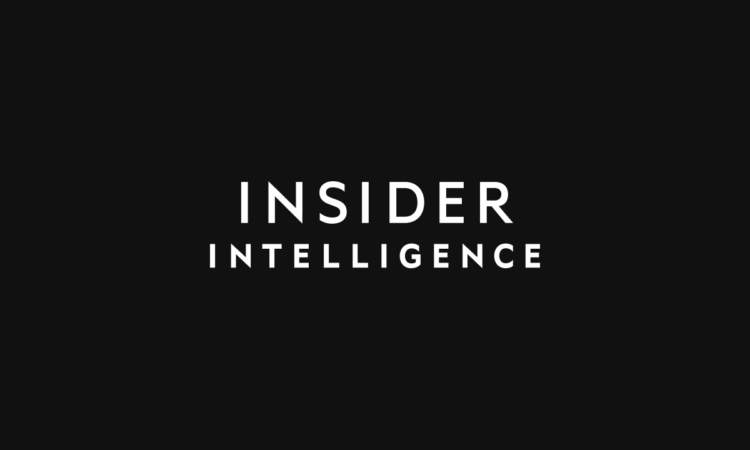
The news: The Federal Reserve will create a “novel activities supervision program” that oversees banks’ activities in tech-propelled emerging fields like banking as a service, distributed ledger tech, including blockchain, and digital assets like cryptocurrencies and stablecoins.
Why this is happening: As Congress debates proposed bills that will pin down which agency ultimately has regulatory authority over crypto and stablecoins, the Fed is asserting its powers, claiming that a centralized authority can better assess emerging use cases and workflows.
US banking regulators have been criticized as hostile to innovation—at least when that innovation occurs within the regulated financial system. The Fed’s stated intention for its new program is to foster fresh tech developments in financial services while also addressing risks that could affect the safety and soundness of the banking system.
- And the Fed cited high demand from financial institutions (FIs), mentioning all of the inquiries, notifications, and proposals it’s received in recent years from banks seeking to engage in “novel and unprecedented activities”—including those involving crypto.
Who’s affected: The program applies to all banking organizations the Fed supervises, including those whose assets amount to $10 billion or less. Banks engaged in any of the following activities fall under the program’s jurisdiction if:
- They’ve entered into complex, technology-driven partnerships with non-banks to provide banking services—for example, those offering banking as a service.
- They’re engaged in crypto-asset-related activities, including custody, crypto-collateralized lending, facilitating crypto trading, and issuance of crypto or stablecoins.
- They’re running projects that use distributed ledger technology, including blockchains.
- There’s a high concentration of crypto or fintech services within their offerings.
How it will work: Banks doing any of these things will be required to show “to the satisfaction of Federal Reserve supervisors, that the bank has controls in place to conduct the activity in a safe and sound manner.”
- They’ll have to get a written non-objection letter from the Fed before doing so.
- And they’ll still be subject to supervisory reviews and “heightened monitoring” of those activities.
The new program is clearly centered around risk mitigation, with the “level and intensity of supervision” determined by each bank’s “level of engagement in novel activities.”
- The Fed also plans to analyze and incorporate insights into its guidance from “real-time data, market monitoring, horizontal exams, and proactive, intentional, and regular information exchange across portfolios, federal bank regulatory agencies, and other stakeholders.”
The program will operate alongside existing supervisory teams, and will be staffed by officials from throughout the Fed system.
- The Fed will also bring in external experts from academia and banking, finance, and tech to stay up-to-date with emerging issues, tech, and new products.
Our take: Like banks, regulators are continually learning about and adapting to new technologies. If the Fed has the manpower and resources to execute on the big plans it’s outlined for the program, it will help prevent US financial regulators from lagging behind their counterparts in the UK and the European Union when it comes to nurturing innovation. At the same time, the banking crisis isn’t over, which means banks and regulators can’t let the shiny newness of innovation distract them from the traditional risks in their business—particularly credit, liquidity, concentration, and interest rate risk.





